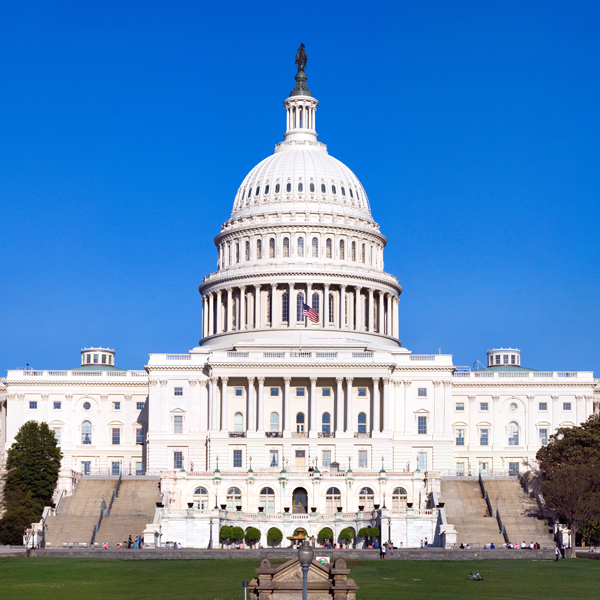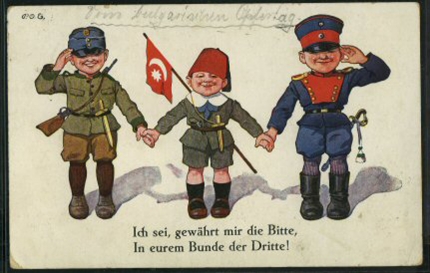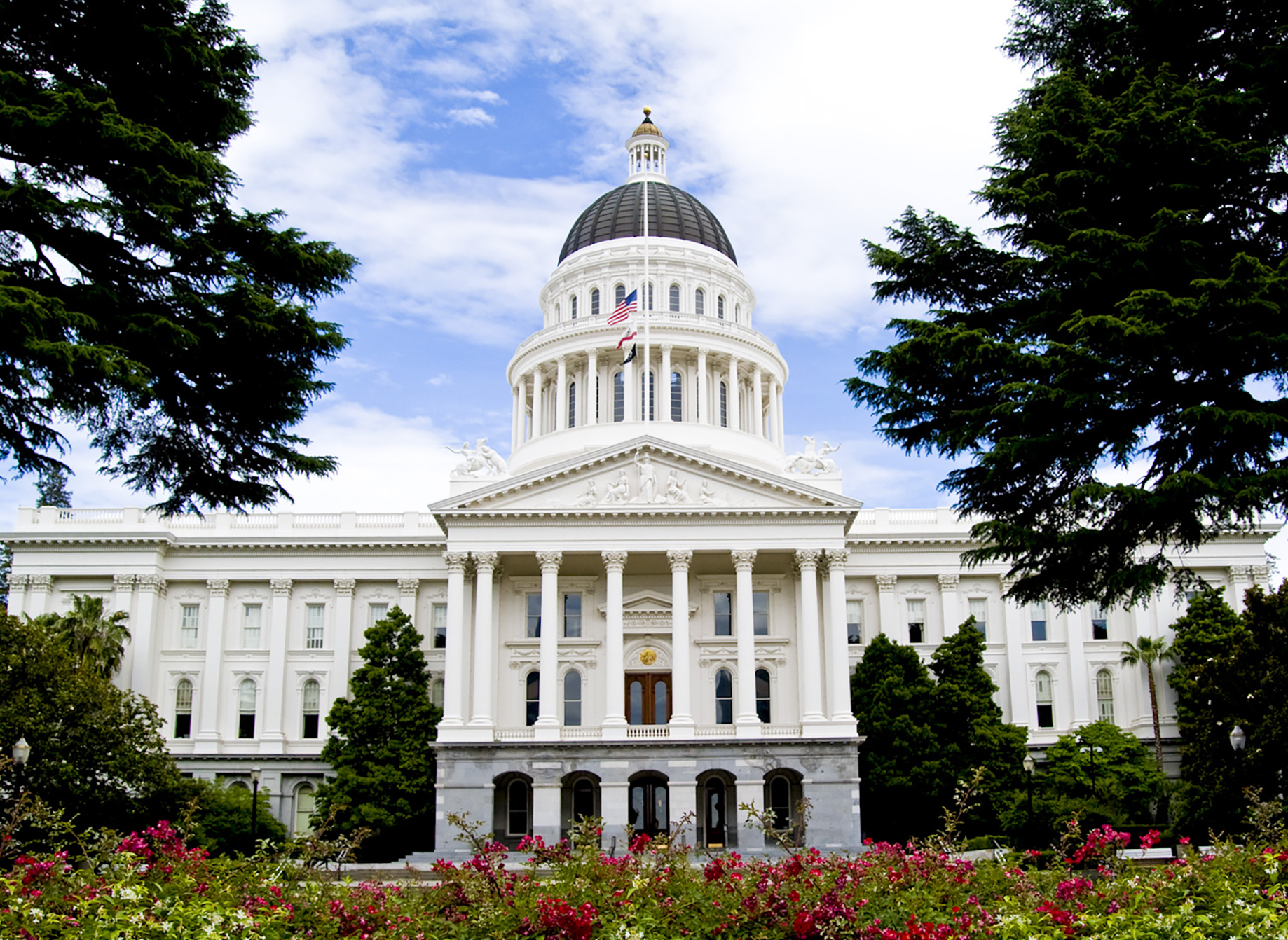In his talk, Sarafian focused on the genocide of Armenians and Assyrians in 1915, and some of the reasons why the Armenian Genocide is better known than the Seyfo. His main points were the following:
1. Armenians were more prominent in the Ottoman Empire than Assyrians communities (ie mainly Chaldeans and Syriacs), because of their larger number. There were around two million Armenians, as opposed to half a million or so Syriacs and Chaldeans. While Armenians lived in more accessible areas of the Ottoman Empire, Assyrians were mostly in the upper Mesopotamia, Hakkiari and also north-western Persia.
2. The destruction of Armenians had a more drawn out and visual aspect to it. It entailed the deportation of hundreds of thousands of mainly women, children and elderly to the deserts of Syria. This process was a major spectacle for outside observers. In the case of the Seyfo, there was no pretence to deport people. As the term Seyfo (Sword) suggests, Chaldeans, Syriacs – as well as Armenians – living in the Seyfo Zone were murdered locally by government forces and their Kurdish tribal allies. The Seyfo Zone included north western Iran, which was occupied by the Ottoman Turks and their Kurdish allies. They devastate Christian communities.
3. Armenians living in the Seyfo zone were also murdered by the sword, such as in Siirt and Mardin. Many Assyrians living in the Armenian Genocide zone were murdered alongside their Armenian brothers and sisters. We cannot comment on the number of such Assyrians because they were often Armenian speaking and even had Armenian names.
4. There were many more foreign witnesses to the Armenian Genocide than the Seyfo. Most crucially, there were more Americans in the areas where the Armenian Genocide was committed. These Americans played a pivotal role in reporting what they saw to the American government. The exception was northwestern Iran (Urumiye region), where the destruction of Assyrians was reported extensively. The subsequent relief efforts were organized by the American Committee on Armenian and Syrian Relief. "Syrian," in this case, referred to Assyrians. Similarly, when the British compiled their Parliamentary Blue Book on the Armenian Genocide, they also included the Urumiye region in their accounts. Nevertheless, the destruction of Assyrians elsewhere went largely underreported in the outside world.
Over the years, Armenians have been more active than Assyrians to make their tragedy known to the world. This has been especially the case since the 1980. Unfortunately, these efforts have omitted the Assyrian issue. Armenian historians neglected the Assyrian issue as part of their narrative. Only in recent years have Assyrians begun to better represent themselves. The last ten years has seen some major changes and scholarship. The academic mainstream today is more familiar with the Seyfo, and there are more scholars working on the Assyrian issue than ever before. However, a lot more can still be done.
One of the outcomes of Sarafian’s lecture trip has been the Gomidas Institute’s adoption of a new project, with Assyrian support, to produce an Armenian language booklet on the Seyfo. The booklet should be released in early 2013. Seyfo Center looks forward to working with the Gomidas Institute – and other organizations – to address the common tragedy of Assyrians and Armenians in 1915.
By Noray Betbaba



